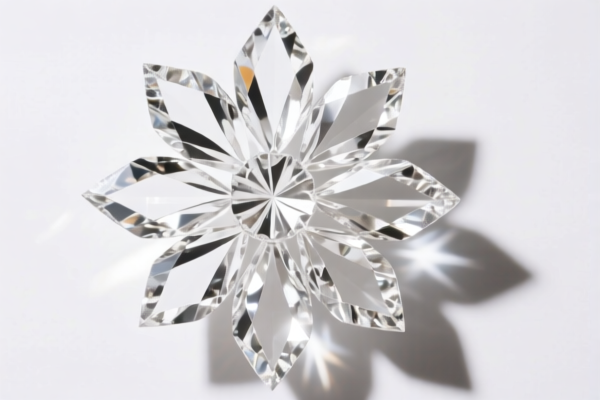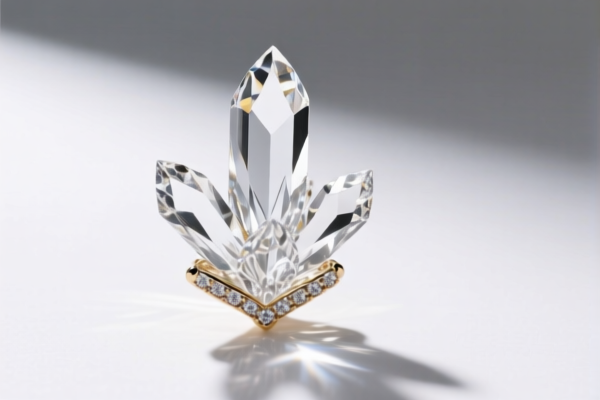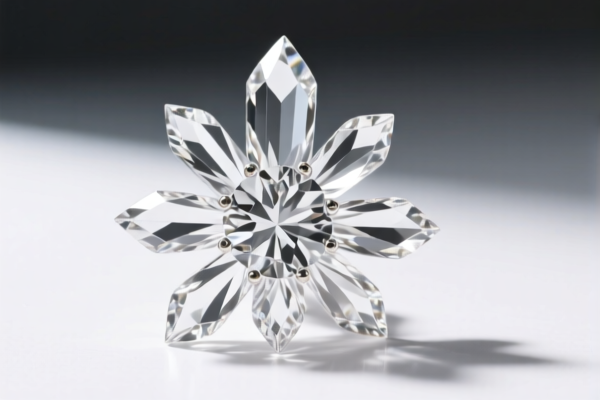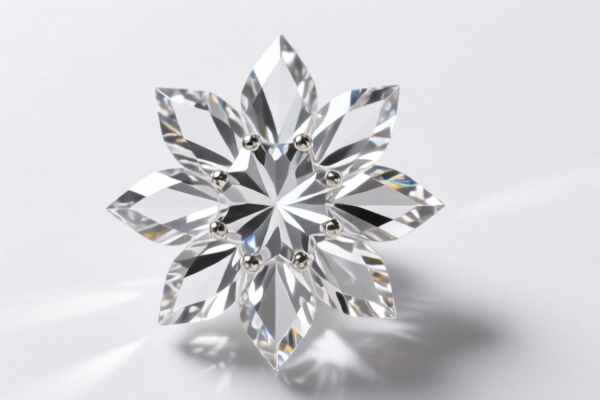| HS Code | Official Doc | Tariff Rate | Origin | Destination | Effective Date |
|---|---|---|---|---|---|
| 7103995000 | Doc | 48.0% | CN | US | 2025-05-12 |
| 7103991000 | Doc | 37.5% | CN | US | 2025-05-12 |
| 7104100000 | Doc | 40.5% | CN | US | 2025-05-12 |
| 7104995000 | Doc | 43.9% | CN | US | 2025-05-12 |
| 3926904000 | Doc | 32.8% | CN | US | 2025-05-12 |
| 3901909000 | Doc | 61.5% | CN | US | 2025-05-12 |
| 3901905501 | Doc | 61.5% | CN | US | 2025-05-12 |
| 9601908000 | Doc | 41.2% | CN | US | 2025-05-12 |
| 9601902000 | Doc | 37.5% | CN | US | 2025-05-12 |
| 9602001040 | Doc | 40.5% | CN | US | 2025-05-12 |
| 9602001080 | Doc | 40.5% | CN | US | 2025-05-12 |
| 3503005550 | Doc | 2.8¢/kg + 3.8%+37.5% | CN | US | 2025-05-12 |




Colored Crystal Stone
Colored crystal stones encompass a diverse range of minerals exhibiting vibrant hues due to the presence of various trace elements and internal structural defects. They are utilized for aesthetic, spiritual, and practical purposes.
Material Composition
The base material is typically quartz (SiO₂), but other minerals like tourmaline, amethyst, agate, and fluorite also form colored stones. Coloration arises from:
- Trace Elements: Impurities like iron, manganese, chromium, and titanium introduce color. For example, iron oxides cause red and yellow hues, while manganese leads to purple and pink tones.
- Structural Defects: Imperfections in the crystal lattice can absorb certain wavelengths of light, resulting in color.
- Inclusions: Trapped particles within the crystal can contribute to color and unique patterns.
- Irradiation: Natural or artificial irradiation can alter the crystal's structure and create color.
Purpose & Function
- Aesthetic: Used in jewelry (necklaces, earrings, rings, bracelets), sculptures, decorative objects, and home furnishings.
- Spiritual/Metaphysical: Many cultures ascribe specific energies and healing properties to different colored stones. These include promoting emotional balance, enhancing intuition, and providing protection. Specific colors are often linked to particular chakras or energy centers within the body.
- Optical: Certain crystals exhibit properties like birefringence or dichroism, making them useful in optical instruments.
- Industrial: Some crystals, like quartz, are used in electronics and precision instruments due to their piezoelectric properties.
Usage Scenarios
- Jewelry Making: The most common application, utilizing polished stones in various settings.
- Crystal Healing/Meditation: Stones are held, worn, or placed on the body during healing sessions or meditation practices.
- Interior Design: Used as accents in furniture, lighting, and decorative pieces.
- Collection: Rare or visually striking stones are collected as specimens.
- Scientific Research: Crystals are studied for their optical, electrical, and physical properties.
Common Types (categorized by base mineral/composition & color)
- Quartz:
- Amethyst (Purple): Iron impurities. Often associated with tranquility and spiritual awareness.
- Citrine (Yellow): Iron impurities. Believed to attract wealth and abundance.
- Rose Quartz (Pink): Trace amounts of titanium, iron, or manganese. Linked to love and emotional healing.
- Smoky Quartz (Brown/Gray): Natural irradiation. Grounding and protective properties.
- Clear Quartz (Colorless): Often used for amplification of energy.
- Tourmaline: Complex borosilicate mineral with a wide range of colors.
- Rubellite (Red): Manganese.
- Indicolite (Blue): Iron.
- Verdelite (Green): Iron and chromium.
- Agate: A banded form of chalcedony (SiO₂). Colors vary widely depending on impurities.
- Fluorite: Calcium fluoride (CaF₂). Available in a spectrum of colors, including purple, blue, green, yellow, and clear.
- Garnet: A group of silicate minerals. Most commonly red, but also found in other colors.
- Topaz: Aluminum silicate fluoride hydroxide. Often blue, but also found in yellow, pink, and clear.
- Peridot: Olivine mineral. Typically olive green.
The declared goods are colored crystal stones. These are typically precious or semiprecious stones that have undergone a coloring process. The application scenarios include jewelry making, decorative items, and potentially industrial uses depending on the specific type of stone and coloring method.
Here are the relevant HS codes based on the provided reference material:
-
7103995000: This HS code covers “Precious stones (other than diamonds) and semiprecious stones, whether or not worked or graded but not strung, mounted or set; ungraded precious stones (other than diamonds) and semiprecious stones, temporarily strung for convenience of transport: Otherwise worked: Other: Other”. This is a broad category for worked or unwrought precious/semiprecious stones, and could apply if the stones are not diamonds, are colored, and haven't been set into jewelry.
- 71: Chapter 7 covers precious stones, precious metals, and related articles.
- 03: Heading 03 specifically covers precious and semiprecious stones.
- 995000: Subheading 995000 denotes "Otherwise worked: Other: Other", indicating stones that have undergone some processing but don't fall into more specific categories.
-
7103991000: This HS code covers “Precious stones (other than diamonds) and semiprecious stones, whether or not worked or graded but not strung, mounted or set; ungraded precious stones (other than diamonds) and semiprecious stones, temporarily strung for convenience of transport: Otherwise worked: Other: Cut but not set, and suitable for use in the manufacture of jewelry”. If the colored stones have been cut but are not yet set into jewelry, this code may be applicable.
- 71: Chapter 7 covers precious stones, precious metals, and related articles.
- 03: Heading 03 specifically covers precious and semiprecious stones.
- 991000: Subheading 991000 denotes "Otherwise worked: Other: Cut but not set, and suitable for use in the manufacture of jewelry".
-
3926904000: This HS code covers “Other articles of plastics and articles of other materials of headings 3901 to 3914: Other: Imitation gemstones”. If the colored stones are determined to be imitations rather than genuine gemstones, this code would be appropriate.
- 39: Chapter 39 covers plastics and articles thereof.
- 26: Heading 26 covers articles of plastics and articles thereof.
- 904000: Subheading 904000 denotes "Other: Imitation gemstones".
Please note that the correct HS code will depend on the specific characteristics of the colored crystal stones, including whether they are genuine gemstones or imitations, and the extent of any processing they have undergone. It is important to verify the material composition and intended use to ensure accurate classification.
Customer Reviews
No reviews yet.